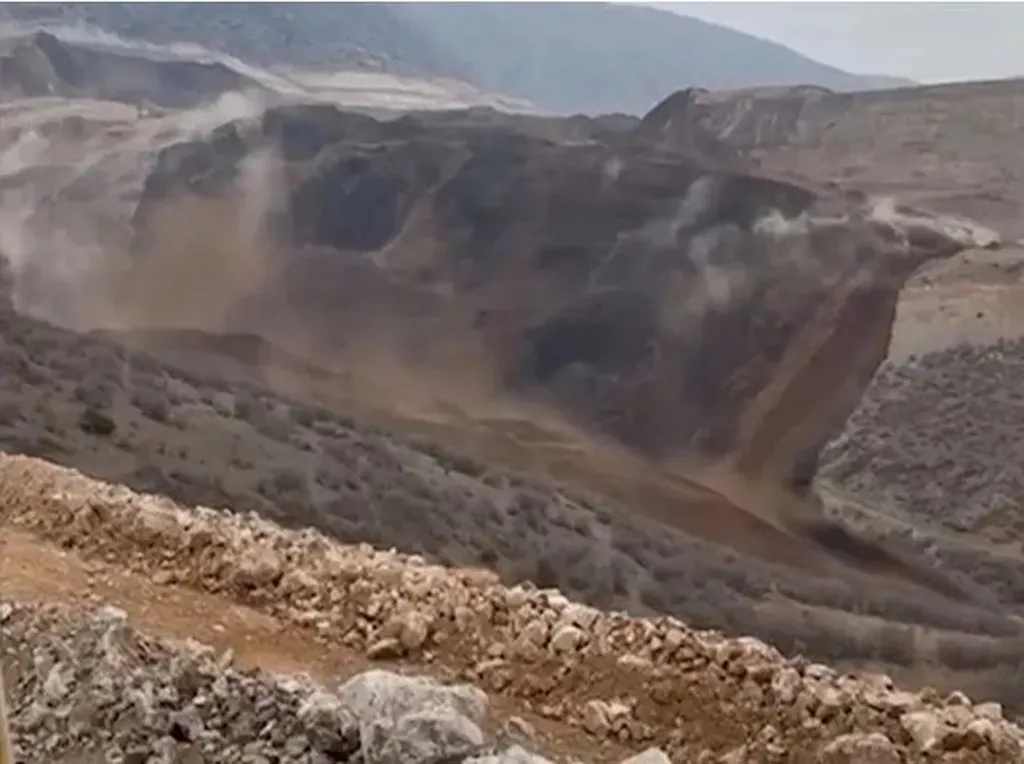In the heart of Türkiye, a critical piece of research is shaking up the way we think about protecting vital mining infrastructure from the devastating effects of earthquakes. Batuhan Aykanat, a researcher from Düzce University, has just published a study in the Düzce University Journal of Science and Technology (Düzce Üniversitesi Bilim ve Teknoloji Dergisi) that could have significant implications for the energy sector, particularly in regions prone to seismic activity.
Aykanat’s work focuses on the behavior of crusher buildings—structures that house essential mining equipment—when subjected to earthquake forces. These buildings, typically constructed from steel, are crucial for keeping mining operations running smoothly, especially in areas where earthquakes are a frequent threat.
The study is the first to investigate how different seismic conditions across Türkiye affect these structures. Aykanat designed a sample crusher building and analyzed its structural response to earthquake effects in four cities: Düzce, Ankara, Kahramanmaraş, and İzmir. The results were eye-opening. “We found that increases in earthquake parameters directly impact the structure,” Aykanat explains. “The maximum displacements and usage capacity were highest in the Düzce region, which is known for its significant seismic activity.”
So, why does this matter for the energy sector? Crushers are vital for processing raw materials, and any damage to these structures can lead to costly downtime and disruptions in supply chains. By understanding how these buildings behave under different seismic conditions, mining companies can make more informed decisions about where to locate their facilities and how to design them to withstand earthquakes.
The study also highlights the importance of tailored engineering solutions. “One size does not fit all when it comes to earthquake-resistant design,” Aykanat notes. “The specific seismic characteristics of a region must be taken into account to ensure the safety and longevity of these structures.”
This research could pave the way for more resilient mining infrastructure, particularly in earthquake-prone areas. As the energy sector continues to evolve, the need for reliable and robust mining operations becomes ever more critical. Aykanat’s work offers a valuable contribution to this ongoing effort, providing insights that could shape future developments in the field.
In an industry where every minute of downtime can translate to significant financial losses, understanding and mitigating the risks posed by earthquakes is not just a scientific endeavor—it’s a business imperative. As Aykanat’s research demonstrates, the future of mining lies in smart, adaptive design that can withstand the forces of nature while keeping operations running smoothly.

